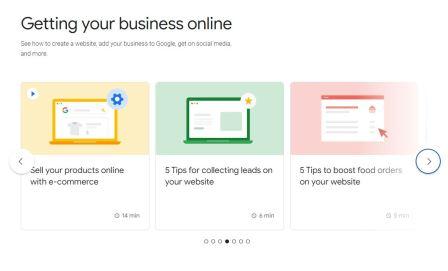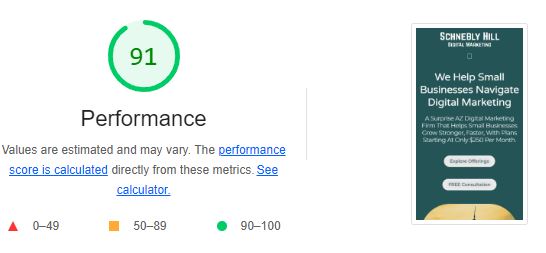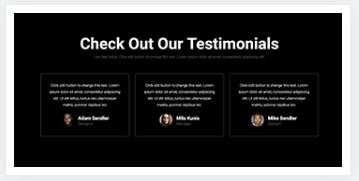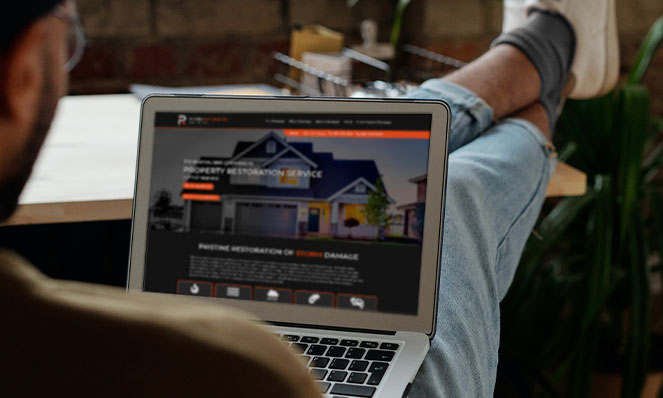A website that builds trust is essential to every business, because people won’t do business with someone they don’t trust. Your business website needs to be and appear trustworthy, right from the start. Your website visitors need to know that you can solve their problem, are delighted to do it, and will do so completely, accurately, quickly, and at a fair cost. If someone is referred to your business, they will first look up your website. If they see that your website is self-serving in its language, has an outdated design, is slow, or has technical problems, then they’ll be unlikely to do business with you, despite the referral. Here are 5 ways you can demonstrate your trustworthiness with your business website to generate more leads and sales.
Trust-Building Element #1: Language

The first step in creating a trusting relationship with website visitors is to speak their language. If you haven’t given much thought to your “target demographic,” do that right away. You can’t go wrong with basic business English on your website, but different demographics use words in different ways, and have their own unique concerns. You need to know what those concerns are, and address them.
Another critical factor when using language to create a website that builds trust is to always let the client know what’s in it for them, and quickly. Spend very little time talking about yourself. If you do talk about yourself, it should only be to let them know the benefits they’ll get if they choose to work with you. You can tell them the features you offer, but use the small text for that.
It’s unlikely that website visitors will read every word on your page, and will probably only scan your headlines. If your headlines are client-centered, and highlight the benefits of working with you, it might entice them to read more, where you can tell them about your features. Consider the two headlines below. Which one makes you want to read further?
"Get A 40-Point HVAC Tune-Up for Only $49!"
"Prevent Costly Repairs With A Seasonal HVAC Tune-Up"
The first headline discusses features of the service, while the second tells visitors why it matters. That’s client-centered language, and it inspires confidence, and helps you sell more.
Trust-Building Element #2: Design

A website that builds trust uses modern design principles. A modern-looking website inspires confidence and builds trust. A site that is clean, uncluttered, easy to navigate, and clear in its layout will not only help website visitors to enjoy their experience more, but it’ll also build more trust and confidence in your ability to solve their problem.
Here are our best design tips for building a better user experience and building more trust with website visitors:
- use only one or two colors (aside from black and white)
- don’t provide too many options (clutter creates confusion)
- use images that reflect customers, or benefits
- use only two fonts (make sure they’re easy to read, and large enough)
Trust-Building Element #3: Site Speed

A website that builds trust for visitors cannot keep them waiting. One red flag that users will note right away (as trust is eroding) is that your website is loading, and loading, and loading. Users will usually back out of sites that fail to load within a couple seconds. Therefore, website speed is critical.
One of the primary causes of a slow website is images. Images that are too large, and too numerous can slow a website’s load speed to a crawl. This can be remedied by using your images strategically, cropping them appropriately, and compressing them.
Some websites are slow because they were coded inefficiently. If you’re having a website built for your small business, make sure to check your page speed scores. Two good sites for checking your page speeds are GTMetrix and Pingdom. If your site loads slowly, go back to your web designer and ask them to fix it.
Trust-Building Element #4: Security & Response
Technical malfunctions can alert a customer to an untrustworthy site if they become visible. The Padlock next to the URL, for instance, is replaced with a warning sign if your website is not HTTPS encrypted. Your domain name itself can also spark suspicion if it’s not relevant to your business.
“Responsive design” is the term for a website that formats itself to look good on any viewing device, whether mobile, tablet, laptop, desktop, or even TV screen. If your analytics show that 65% of your visitors are visiting your website on their mobile device and your website looks terrible on mobile, you’re going to lose a lot of trust and visitors.
Trust-Building Element #5: Reputation

A website that builds trust will will include “social proof”. Testimonials and other social proofs are some of the most direct methods of building trust with website visitors. Include company logos of other businesses that know and trust you. Prominently display positive reviews and video testimonials from past customers. If you can, be sure to use photos of actual customers with your reviews, as these generate much more trust than a simple text snippet. Photos of friendly-looking staff can also boost confidence in your firm.
A website that builds trust with customers can be one of your greatest assets for generating leads and sales. A website that creates doubt or confusion could be costing you not only money, but reputation.
If you are looking for your first website for your small business, or are looking to do a site-refresh, check out our web design page. Best of luck with your business!

